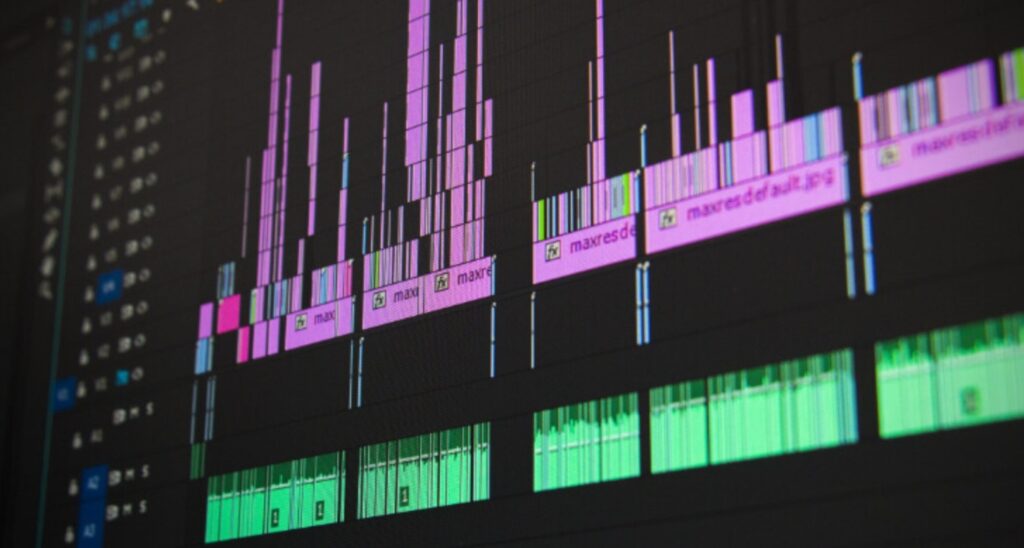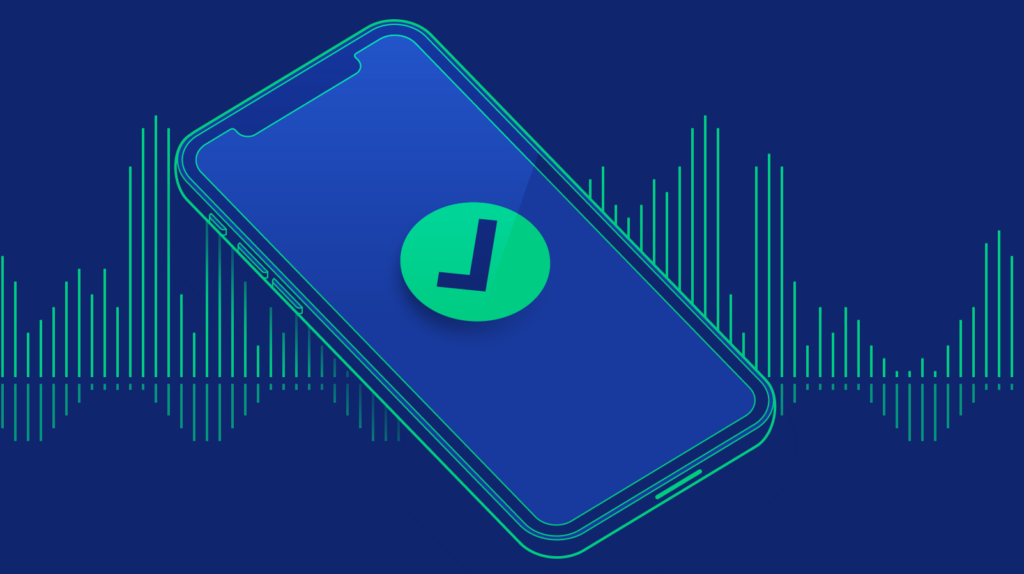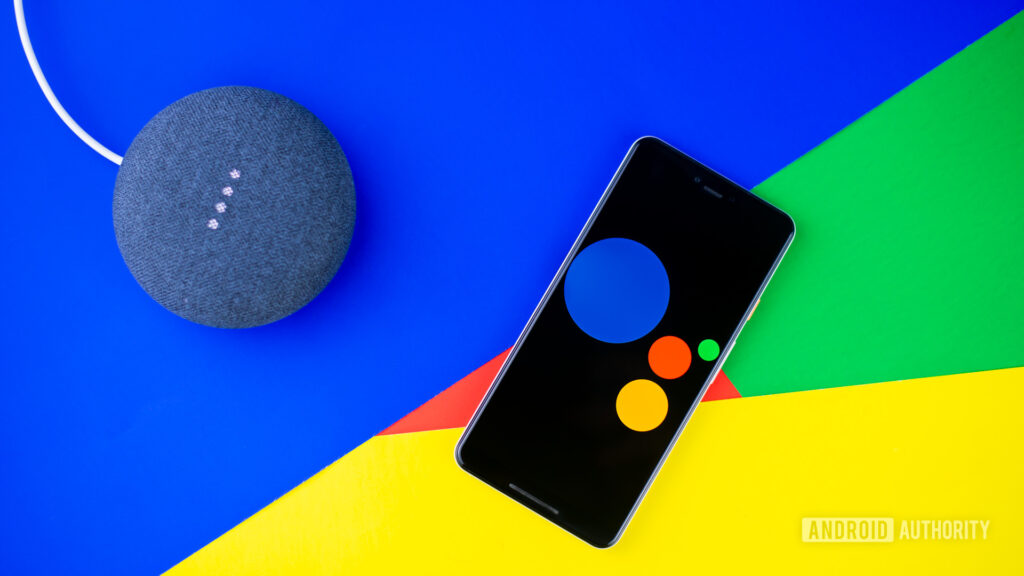In these modern times, it can be very difficult to keep the authenticity of your products. Whether it is a video, a physical innovation, an idea, a song, or any kind of audio, it does not really matter. There will always be someone who will try to steal your ideas for their own personal benefit. Fortunately, with patents and other copyright protection techniques, most content is protected. However, protecting audio, songs or any kind of music is much more difficult. But, thanks to audio watermarking, your music can be safe too.
It seemed like not a lot of people even know that this kind of copywriting technique exists. People just released their songs on YouTube, Spotify, or SoundCloud and expect that their original content will not be stolen or copied by another artist. Unfortunately, that is not true because a lot of artists do try to steal. In fact, there have probably been thousands of cases where even the largest musical artists of this world have copied the audio from a certain song or even a movie.
Fortunately, if you implement a watermarking in your music, no one will ever try to steal it or will be capable to do so.
To give everyone a better understanding of how this process works, I decided to write this article and share all the reasons why anyone should consider implementing an audio watermarking in their music.
1. It does not interfere with the song

Whenever I tell someone about this copyright technique that can protect their content, they think that this watermark will destroy the original sound of a song. But, that is not how it works. The process is much more complicated and it does not interfere with the original frequencies of the content.
The way all of this works is quite interesting. A recognizable compilation of different frequencies is applied to the file of the music at a much larger bandwidth. This basically means that this watermark added at a different frequency cannot be heard by a human. So, if you play your music to an audience, no one will notice that there is anything different added to the content. Even a person with some kind of super hearing will not be able to hear that.
The only thing that could process that watermark is a computer. That is the entire point of this copyright technique.
It protects your original sound from being played by other artists or other platforms.
2. Watermarked music cannot be stolen

One of the best things about audio watermarking is the fact that your musical content will be securely protected. In my previous point, I talked about how all of this works. So, when artists try to steal a certain segment of your song and apply it to their own content, the watermark will still be there. And, if this other artist tries to publish this song on any platform such as YouTube, television, or even radio, a computer will be able to detect that watermark. Once it is detected, you will probably be informed by the company that applied it. After that, you are legally allowed to ask the artist to take down their music from broadcast or you could even go to court. You have the freedom to do anything you want because you basically have ownership over that certain sound. No one else can use it.
If, however, we assume that someone takes your unique sound and tries to alter the frequencies to hide the watermark, they will not succeed. This is simply because the original frequencies from your song will have to be over-amplified to hide that security measure in the background. There are probably zero experts out there that can bypass this kind of security. It could be bypassed maybe by some very powerful supercomputer, but I doubt that will happen.
3. Track your content

All of this is not just to protect yourself from other artists that are trying to steal your original content, but it can also be helpful to analyze your distribution. With the right implementation of this protection technique, you will have access to international information about the distribution of your music.
For example, you will have data about how many people have shared your song on Facebook, YouTube, Twitter, or any other social media platform. All of this data can be actually quite useful. Especially if you plan on releasing new content in the future. You will know exactly which audience you will need to target next time.
Tracking your content is also useful if you do not want it to be redistributed by others. If other YouTube channels are sharing your music without your permission, that kind of move will be detected immediately. You will be able to take down that video because you have copyright ownership over the audio. If you want to know more about how all of that works, click here.
4. Helps against piracy

We all know that piracy can sometimes have a huge impact on the release of a product. Unfortunately, it can be very difficult to fight against piracy. People will always find a way to share content freely on the Internet. But, with a good audio watermark, you might stop a certain percentage of pirates trying to share your music.
After applying this protection method, you might notice a considerable decrease in piracy of your content and an increase in purchases.
Although, I think it is important to keep in mind that even stopping piracy entirely does not mean that you will have an increase in sales.
5. Find more about your audience

Believe it or not, but an audio watermark could even help you to find out more about your customers. The audience that is loyal to your music. The more you find out about them, the better music you will be able to create for them and you will know on which platforms you should share it.
As you can see, there are a lot of benefits and reasons why everyone should apply an audio watermark to their music or any other kind of original audio.





